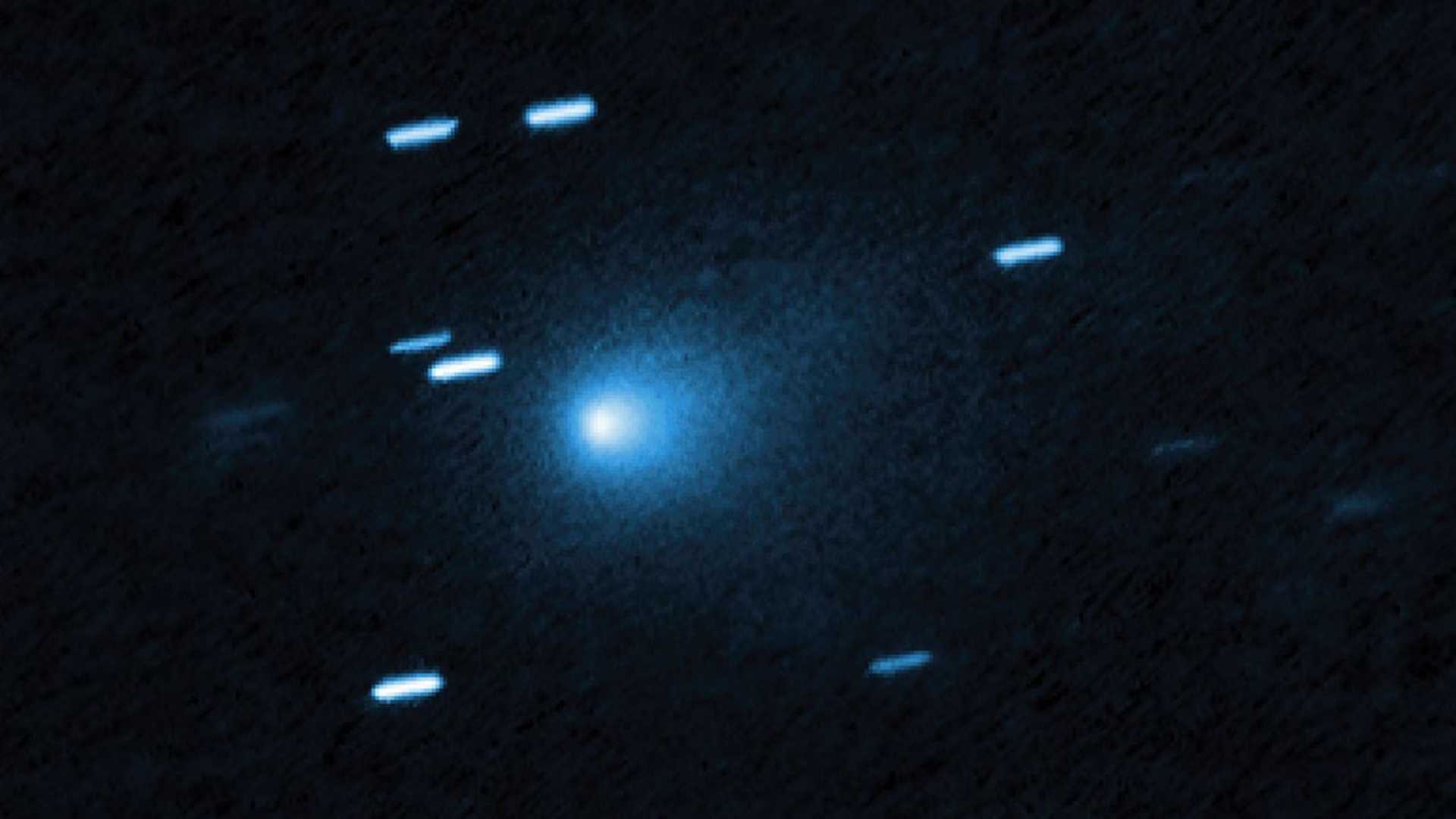News
Hubble Captures Unprecedented Image of Interstellar Comet 3I/ATLAS

GREENBELT, Md. — The Hubble Space Telescope recently captured a stunning image of the interstellar comet 3I/ATLAS, providing the clearest view yet of this celestial visitor as it zooms through our solar system. The image was taken on July 21, when the comet was approximately 277 million miles from Earth.
3I/ATLAS, discovered on July 1, is moving at an astonishing speed of 130,000 miles per hour, making it the fastest object of its kind ever observed in our solar system. Astronomers have been using various telescopes to track its movements and to understand its size and composition. The comet’s teardrop-shaped dust cocoon can be seen streaking from its icy core in the latest Hubble images.
According to David Jewitt, professor of astronomy at UCLA and co-author of a related paper, the nucleus of the comet is difficult to observe directly, but estimates put its size at between 1,000 feet to 3.5 miles in diameter. Observations will continue as other telescopes, including the James Webb Space Telescope, seek to determine the object’s chemical makeup and potential origin.
As scientists study 3I/ATLAS, they face challenges, particularly in understanding where it came from. “No one really knows where the comet originated,” Jewitt said. “It’s like glimpsing a rifle bullet for a thousandth of a second; you can’t track its path accurately back to its source.”
3I/ATLAS is only the third known interstellar object to pass through our solar system, following 1I/’Oumuamua in 2017 and 2I/Borisov in 2019. Its trajectory suggests it has traveled through interstellar space for billions of years, acquiring momentum from gravitational encounters with stars and stellar nurseries along its journey.
Matthew Hopkins, a doctoral student at the University of Oxford, emphasized the significance of 3I/ATLAS’s velocity in helping astronomers understand the characteristics of interstellar objects. Hopkins noted that the discovery happened just as he was completing his doctoral research, creating a fortuitous opportunity for him to continue studying this remarkable visitor.
3I/ATLAS is expected to remain visible through September as it travels closer to the sun, after which it will pass out of sight until early December. Enthusiastic astronomers are eager to observe this unique comet and look forward to the data it will provide.
The Hubble observations add to the increasing capabilities of modern telescopes, allowing greater insight into these fleeting interstellar visitors that may hold clues about the formation of our solar system and others.












